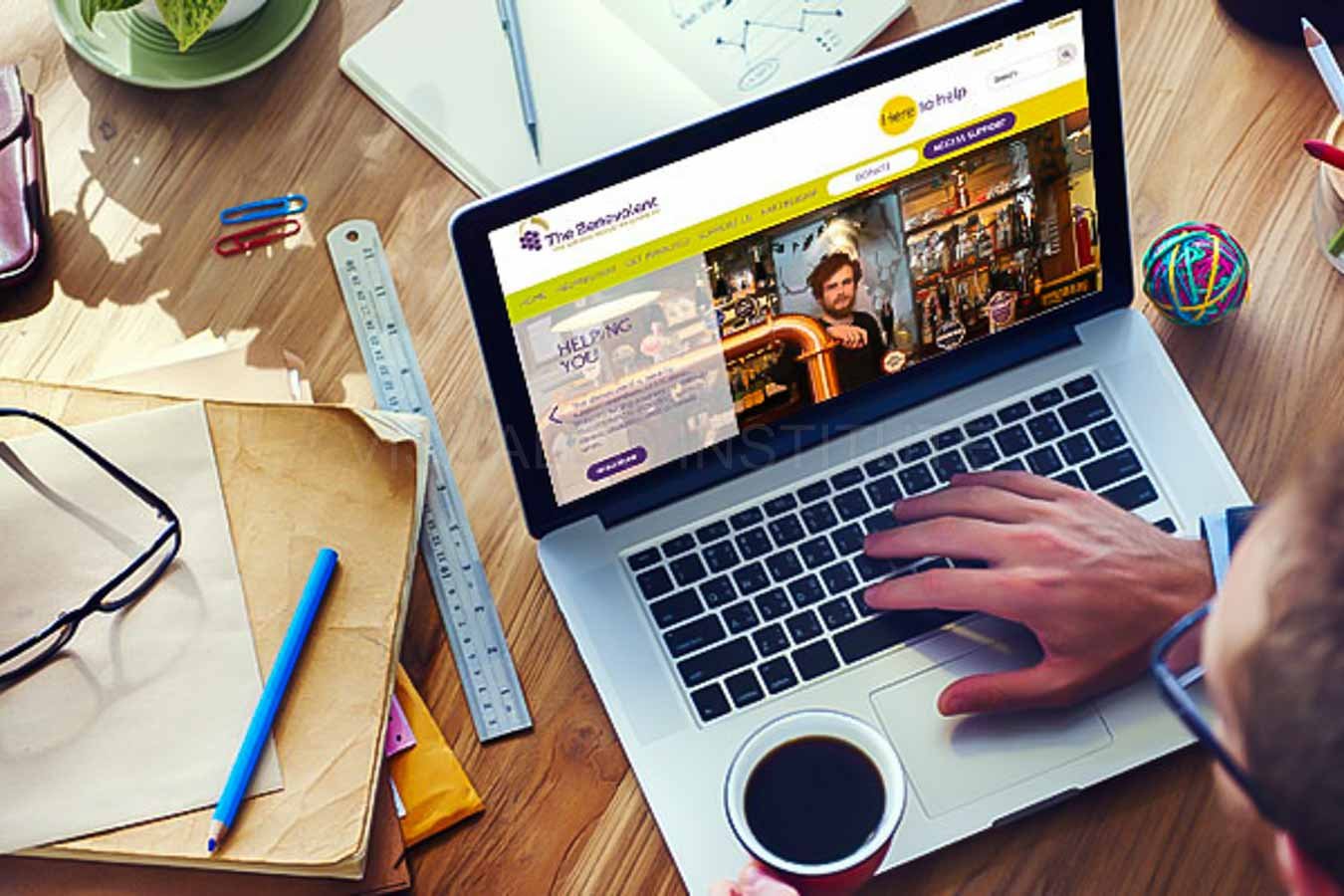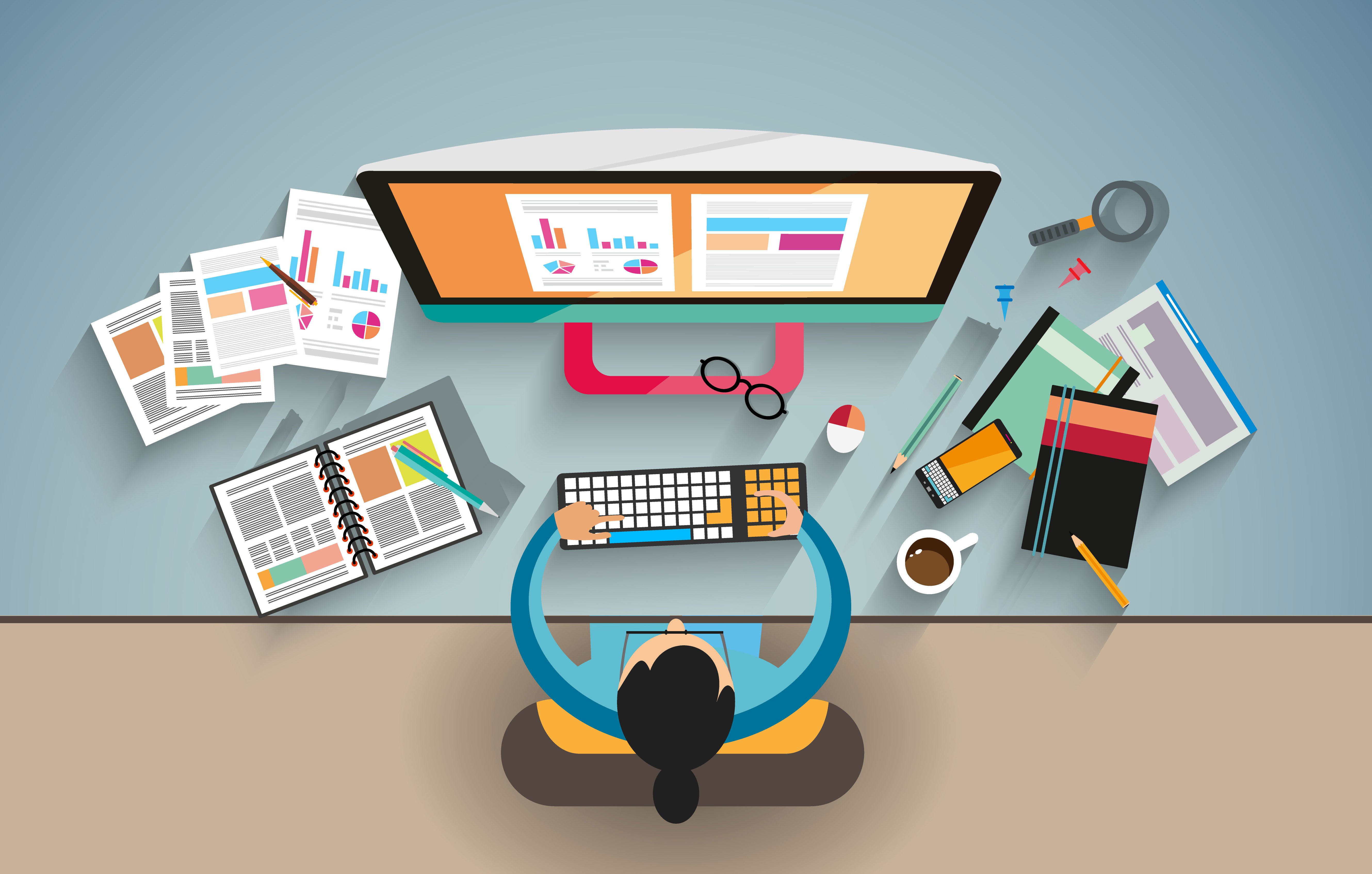The Best Sorts Of Web Design to Boost Customer Experience and Interaction
In the ever-evolving landscape of digital interaction, the performance of Web design dramatically impacts user experience and interaction. Numerous layout approaches, such as minimalist, responsive, and interactive designs, each offer special advantages that can provide to diverse customer demands.
Minimalist Web Design
As electronic landscapes come to be significantly cluttered, minimal website design has actually arised as a powerful strategy to improving customer experience. This style approach focuses on simplicity, concentrating on essential elements while getting rid of unnecessary disturbances. By making use of enough white area, uncomplicated navigating, and a restricted shade palette, minimal design fosters clearness and directs individual interest to vital web content.
The core principle of minimal website design is to produce a smooth interaction for individuals. By minimizing cognitive lots, users can promptly realize details without feeling bewildered. This straight approach not only boosts use yet additionally motivates involvement, as visitors are most likely to check out a site that is visually appealing and simple to navigate.
Additionally, minimalist layout commonly highlights typography and images, using these elements tactically to communicate messages efficiently. This concentrate on crucial elements can enhance brand name identity and develop a remarkable customer experience. In essence, minimal website design is not just a fad; it is a thoughtful technique that identifies the importance of user-centered design. By stripping away peripheral elements, designers can produce an extra interesting, efficient, and satisfying Web experience for all customers.
Responsive Website Design
In today's varied electronic environment, receptive Web style has actually come to be essential for producing a seamless user experience throughout a plethora of devices. As individuals access websites on mobile phones, tablets, desktops, and laptop computers, the capacity of a site to adjust its layout and content to various screen sizes and resolutions is important.
Responsive website design utilizes versatile grids, photos, and CSS media queries to make sure that Web material is offered ideally, no matter the tool used. This approach not just improves the visual charm of a site but likewise considerably improves usability. Individuals are most likely to engage with a website that offers a regular experience, as it gets rid of the disappointment of having to focus or scroll exceedingly.
By adopting receptive style, companies can boost their visibility and get to a broader audience. In recap, responsive Web design is a fundamental technique that improves user experience, interaction, and total contentment.
Interactive Web Style
Responsive Web design prepares for enhancing individual experience, yet interactive website design takes this a step even more by involving customers in a more dynamic means - Aligned Position Web Design. By integrating components such as animations, clickable prototypes, and real-time comments, interactive Web layout mesmerizes customers, drawing them right into a richer surfing experience
This approach not only promotes involvement however likewise urges users to explore material proactively instead of passively eating it. Methods such as gamification, where customers earn rewards for completing tasks, can dramatically boost the time invested in a site and improve overall fulfillment. Interactive attributes can streamline intricate info, making it a lot more pleasurable and digestible.

Incorporating interactive design components can also cause greater conversion rates, as individuals are more probable to engage with a site that proactively entails them. Aligned Position Web Design. Inevitably, read review interactive website design transforms individual experiences right into memorable journeys, making certain that visitors return visit site time and once again
Flat Style
Defined by its minimalistic strategy, level layout stresses simpleness and functionality, stripping away unnecessary elements and focusing on important functions. This style philosophy prioritizes functionality, making sure that customers can navigate interfaces easily and performance. By using a tidy visual, flat layout eliminates the mess typically discovered in much more elaborate styles, thus improving customer concentrate on material and performance.
The trademark of flat layout depends on its use strong colors, easy typography, and geometric shapes. These components add to a visually appealing user interface that is both approachable and modern-day. Furthermore, level layout promotes a sense of quality, permitting individuals to determine vital actions and details without disturbance.
In addition, flat design is particularly effective in receptive Web layout, as its simpleness translates well throughout various devices and display sizes. The lack of elaborate textures and slopes minimizes loading times, which is essential for keeping individual involvement. As digital landscapes continue to progress, flat design stays a relevant selection for producing straightforward internet sites that improve overall experience. By concentrating on vital features, flat layout not just satisfies customer needs yet also encourages seamless communication, making it an important part of effective Web design methods.
Flexible Web Design
Adaptive Web style tailors the user experience by creating multiple taken care of layouts tailored to different screen sizes and gadgets. Unlike receptive style, which fluidly adjusts a single design, adaptive style utilizes unique designs for particular breakpoints, making certain optimum discussion on numerous systems. This strategy permits developers to focus on the distinct qualities of each gadget, improving functionality by providing precisely what individuals require based on their context.
One of the main advantages of adaptive Web style is its ability to optimize load times and performance. By offering tailored content and images that fit the user's tool, internet sites can decrease information use and enhance loading speeds. This is specifically advantageous for users with slower connections or limited information strategies.

Additionally, flexible style assists in a more regulated and constant branding experience. Considering that developers create several formats, they can guarantee that my latest blog post the aesthetic components align with the brand's identity throughout various platforms - Aligned Position Web Design. This leads to a natural customer experience, enhancing interaction and promoting customer retention
Conclusion
Minimal style fosters clarity and emphasis, while responsive design ensures flexibility across various tools, advertising availability. Collectively, these design comes close to add to the development of easy to use environments that not just boost fulfillment yet likewise drive higher conversion prices, highlighting their vital significance in contemporary Web layout methods.

Minimalist design promotes clearness and emphasis, while receptive style makes certain versatility across numerous devices, promoting availability. Jointly, these layout comes close to add to the creation of easy to use settings that not just improve satisfaction yet also drive greater conversion rates, emphasizing their crucial significance in contemporary Web layout techniques.